How Much Do Crop Residues Feed the Following Crop’s Nutritional Needs?
This multi-year project will identify soil health, water quality and climate footprint best practices and metrics across regions and cropping systems (soy and double-cropped wheat, soy rotated with corn).
Can Following the MRTN Approach Reduce Tile Nitrate Loss in Conventional and Cover Cropping Systems?
This project aims to better understand how strategic nutrient management can impact soybean yield across northern and central Illinois. It will evaluate different nutrient strategies under no-till, strip-till, 15” rows, 30” rows, with cover crops, and without cover crops.
How Can Cover Crop Adoption in Targeted Zones Impact Nutrient Loss Reduction?
This multi-year project will identify soil health, water quality and climate footprint best practices and metrics across regions and cropping systems (soy and double-cropped wheat, soy rotated with corn).
What Is the Ideal Planting Window To Establish Cover Crops and Obtain Optimum Crop Growth and Yield of Rotational Crops?
To encourage farmers to include more cover crops within their cropping systems, this project is comparing 1) different cereal rye seeding dates and rates before soybean, and 2) different planting dates of two clover species after soybean harvest and ahead of corn.
How Can I Offset Some of the Potential Challenges When Planting Soybeans Into Heavy Corn Residue?
To help more farmers feel confident implementing conservation tillage systems, this project intends to gain insights into the interactions across soil types, starter fertilizer, tillage systems and row spacings and how they affect soybean growth, nutrient uptake, and seed yield and quality.
Which Practices Help Improve Soil Health and Water Quality While Also Giving Me the Ability To Take Advantage of Ecosystem Markets Like Carbon Credit Programs?
This multi-year project will identify soil health, water quality and climate footprint best practices and metrics across regions and cropping systems (soy and double-cropped wheat, soy rotated with corn).
How Can I Become More Confident in Identifying Conservation Practices That Will Positively Impact Crop Productivity and Related Environmental Factors on My Farm?
This project will evaluate current and past trial data, as well as implement additional trials across the state, to help quantify the benefits of adopting conservation management practices so that Illinois’ soybean farmers are equipped to take advantage of developing ecosystem marketplaces.
Adaptive Management for Maximizing Soybean Production Following Cereal Rye Termination
Trials in this multi-year project will help researchers better understand 1) how cereal rye influences nitrogen (N) and sulfur (S) availability and soybean uptake, and 2) evaluate soybean yield response to N and S fertilization, alone and in combination, after a cereal rye cover crop.
Controlled-Release N, P & K Fertilizer Management in Strip-Till 30” Rows and No-Till 15″ Rows for High-Yield Soybeans
This project aims to better understand how strategic nutrient management can impact soybean yield across northern and central Illinois. It will evaluate different nutrient strategies under no-till, strip-till, 15” rows, 30” rows, with cover crops, and without cover crops.

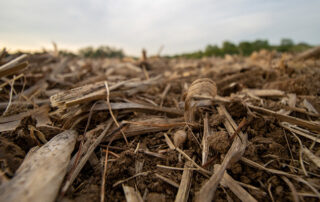
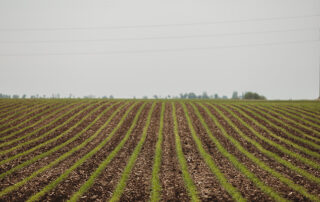
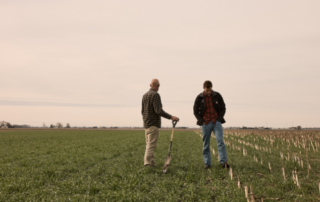
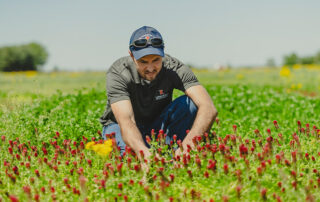
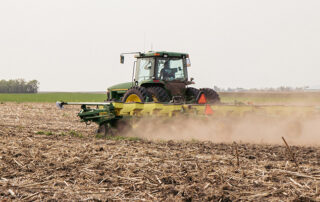
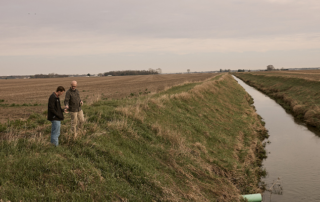

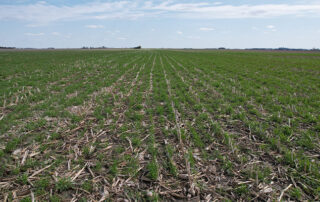
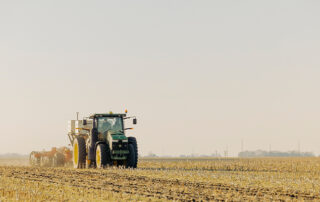
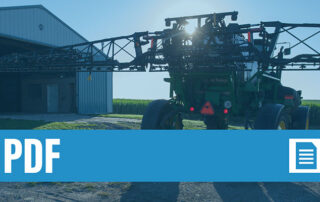

 and then
and then